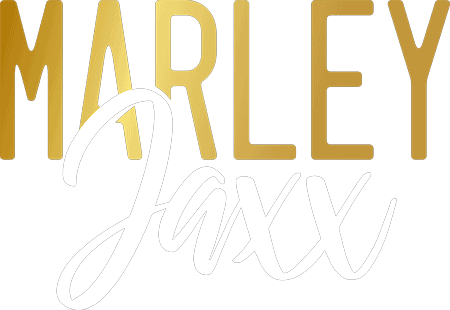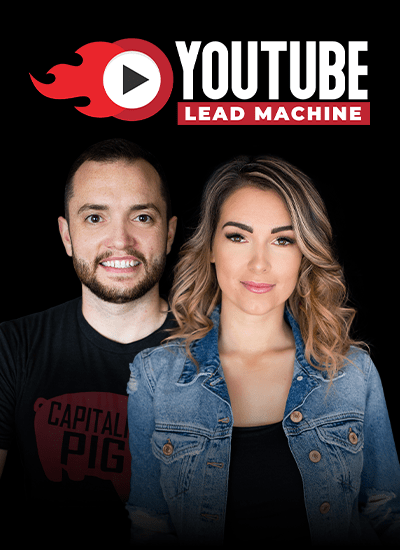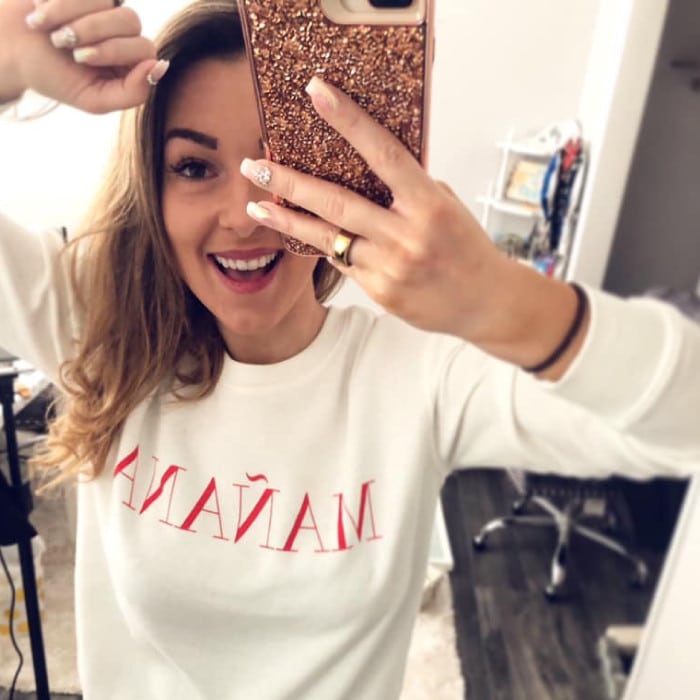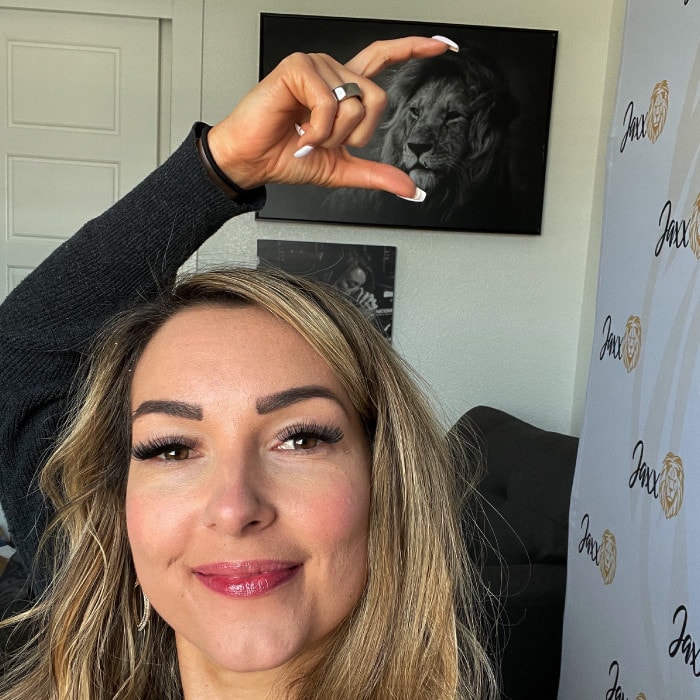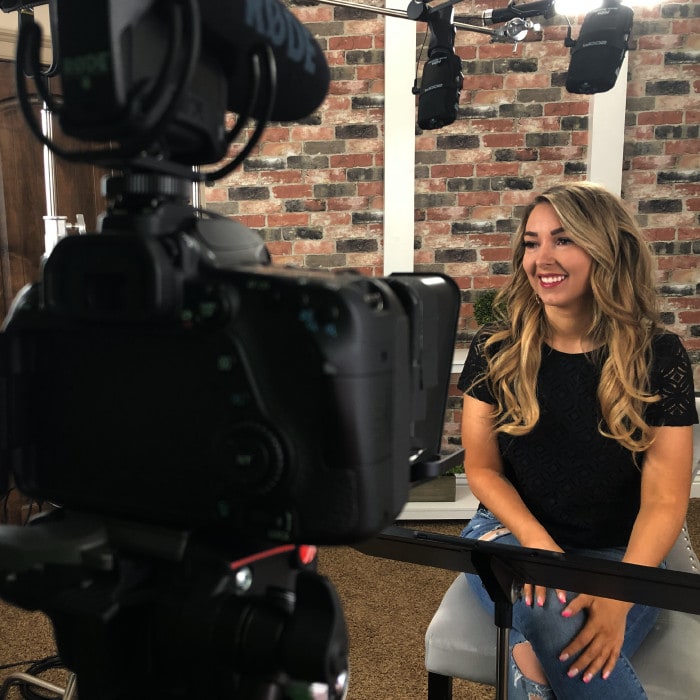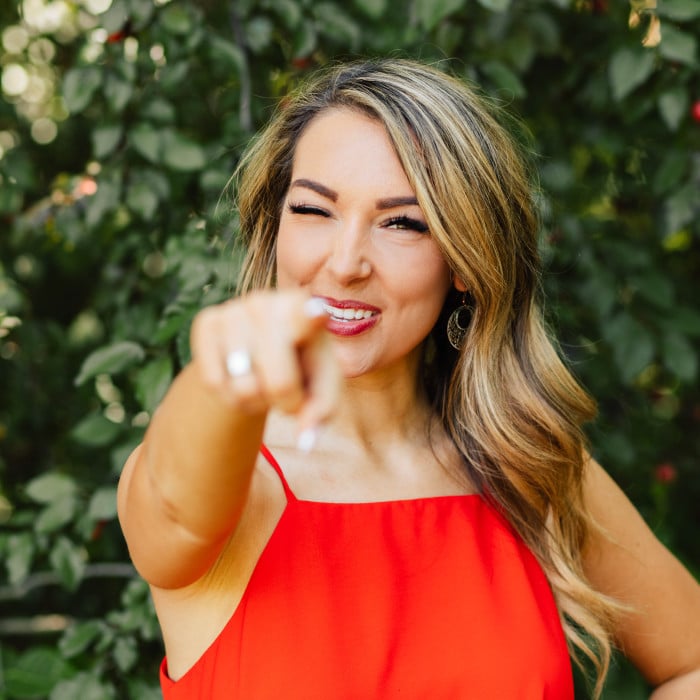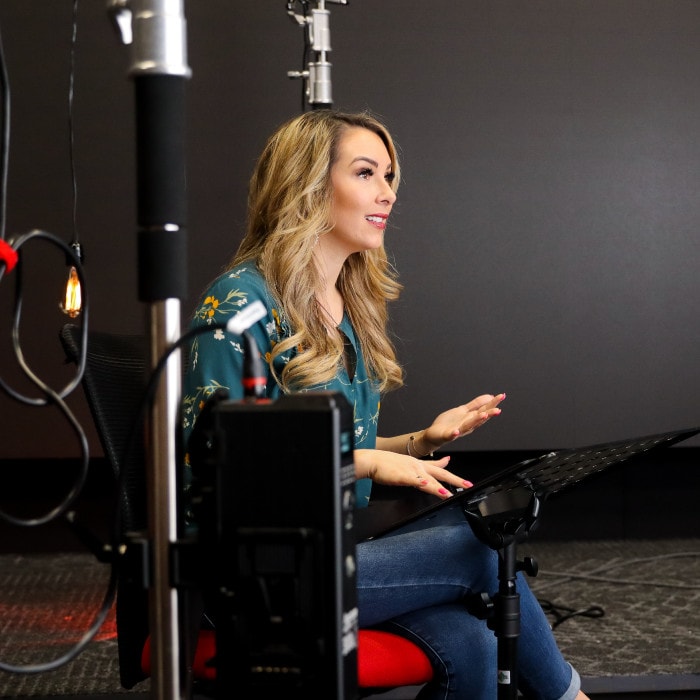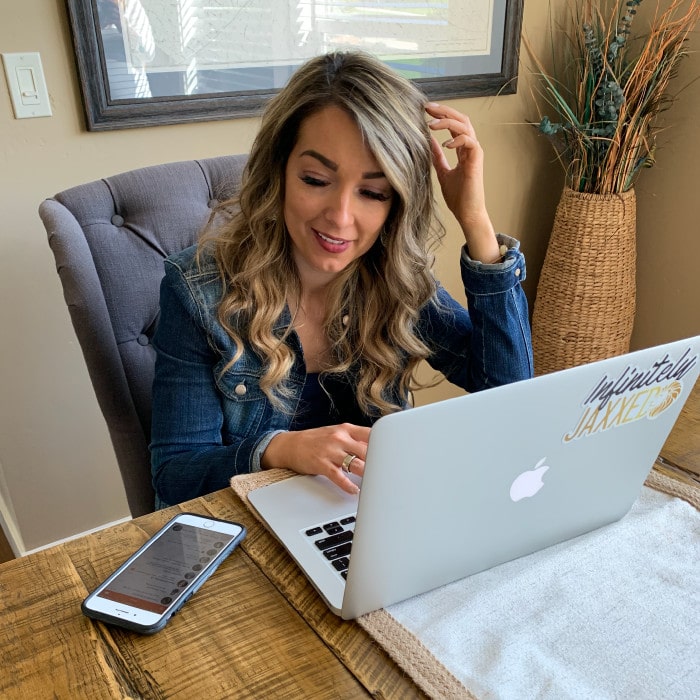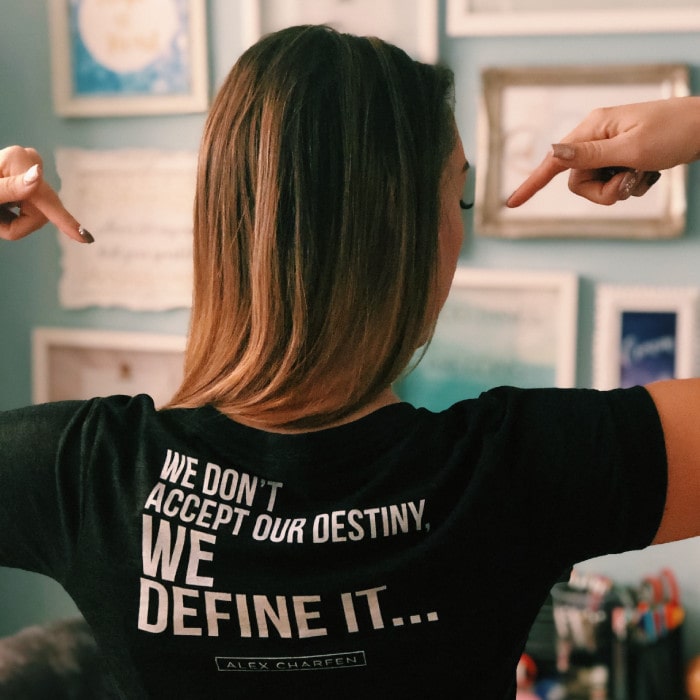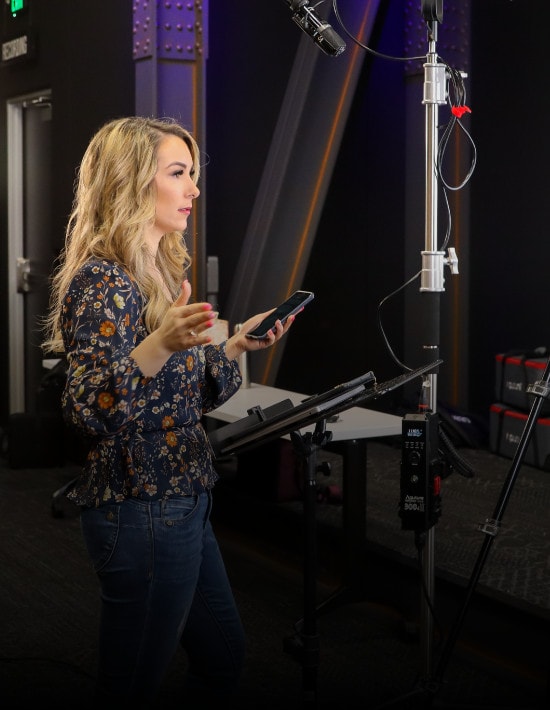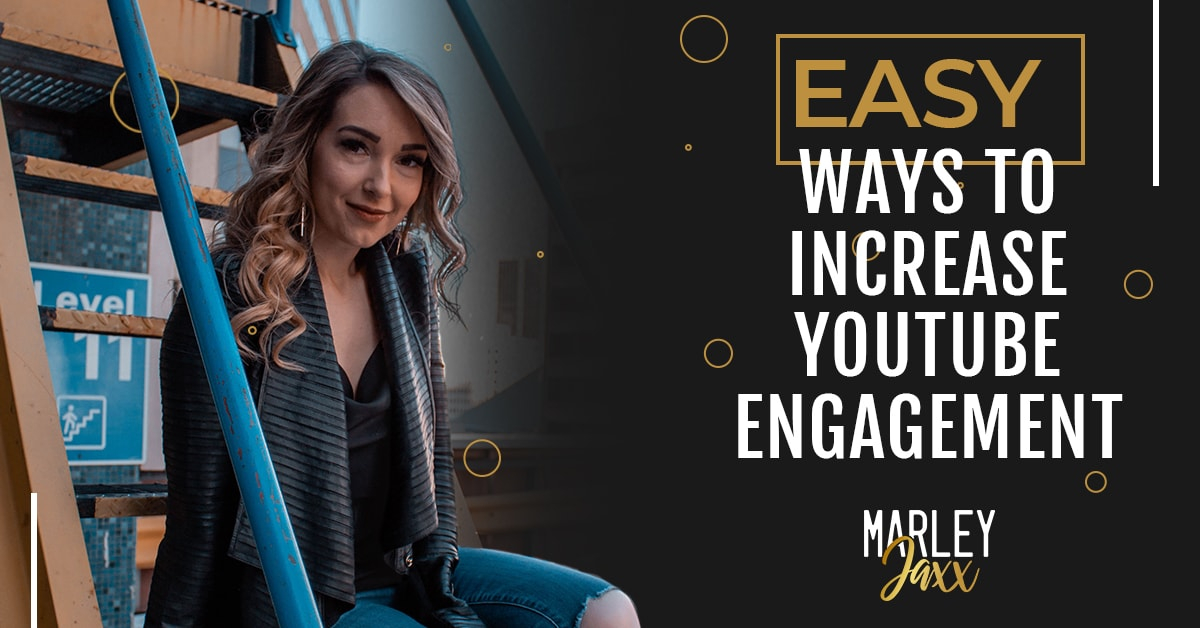Engagement is key when it comes to content creation on YouTube videos! The best way to have a successful YouTube channel is by grabbing your audience’s attention not only at the beginning of the video but all the way to the end of your videos. The question is how do you do that effectively?
The YouTube algorithm is already difficult to figure out – from doing keyword research, making custom thumbnails and coming up with a great video titles and video descriptions, to making new content constantly to show up higher in the search results – the least we can do is making sure we are creating great content that will keep our viewers engaged!
In this blog post, I’ll show you my best tips for content creators to hook their target audience and keep them watching the entire video!
The common viewer has a short attention span and really only watches the first seconds of the video to know if they’ll be interested or not. They want to watch relevant content and if they don’t like what they are watching, they’ll move on to the second option, or third, or fourth. The easiest way to make sure your YouTube audience will subscribe to your channel is by creating engaging videos…
And a great way to accomplish this is by taking your audience on a journey through your storytelling so they’ll want to watch the whole video. If you are unsure of how to accomplish this, keep reading!
Best ways to hook viewers and increase YouTube engagement rate
If you’re a YouTube creator struggling to get those YouTube views up, this blog post is for you!
Your story should be better than your audience’s stories
The first thing is creating a story that is better than your audience’s. Your audience is typically watching your content with a false belief in their mind that you are going to persuade them to break with your stories or the basis of your content. In other words, you need to ask yourself what is this false belief and through a story, tie the message of your business to change their narrative.
When I meet with a client, one of the first things that I do with them is a deep dive intensive call where I pull out their stories and ask them the questions that are really going to touch on their emotions. When you can hit on that emotion, that’s when you can create a connection – and people buy based on emotion.
“When we’re talking about stories, we do that so we can appeal to a human, not just a buyer. Your stories hold power. “
Best practices to creating impactful content that actually converts
- Build your own original content that’s authentic to you
- Drive impact with that content
- Use my storytelling framework “Elsa” (Epiphany, Lesson, Story, Application.)
Epiphany
This is the first step to creating hours of video with engaging content that will grab your viewers’ attention. Your epiphany is so important in storytelling in your YouTube videos because you don’t get paid by the amount of content you create, you get paid to the level that you get your audience to engage. Think about the underlying epiphany that you want your audience to take away from this. If you don’t have the intention set you might as well just be creating content for the sake of content and that’s not what we’re here to do.
“Posting with intent will keep your viewers engaged with your content.”
Pro tip: We are here to make an impact and a profit, and you don’t do that just by winging it. The main difference between posting for the sake of posting and posting with intent is that posting with intent will keep your viewers engaged with your content – creating popular videos with a higher audience engagement.
Lesson
The second part of the acronym is “lesson”. The lesson or moral you teach is important. We need to find that sweet spot between just cold, hard facts, and a story that has substance and a lesson. When it comes to lessons, you don’t want to give just positive and uplifting advice that has no context. You need to give a meaningful message that will be remembered, a useful takeaway. Content that has a lasting impact.
“You owe it to yourself and to your audience to create a transformation.”
Story
What story are you going to tell that naturally incorporates your epiphany and your lesson? I know it sounds difficult to come up with a story, but an effective way is to take ideas from your regular life and all around you – just take the time to learn how to see it and learn how your content can become a cash flow system for your business.
They’re all around you in your life, like taking stock of what you’ve done recently, where you’ve been in the past week or anything interesting that’s happened to you. How can you relate that back to your message? Where’s the lesson?
Application
The final step is taking everything we just learned and applying it to your lesson. As I mentioned, you can create stories from pretty much anything in your life – you just need to take a closer look. The first time might seem difficult, but you’ve got this!
This is what’s the next step, whether it’s the call to action that brings them to another video where they’re going to get more information and value, or the lead magnet, or a website where they can then learn more and potentially become a paying customer.
“Content isn’t created, it’s captured.”
This is it for today! I hope these tips are useful to create high-quality videos that will increase your video engagement. One thing that I hope takes the pressure off of you is to realize that you already have the content and the frameworks inside you. What we’re doing here is trying to capture the content so you can apply it to your business and reap the rewards and cash flow.
What unique story would you use to promote your business’ message?
Your Next Step:
- Want to Read More: How To Tag YouTube Videos To Rank Higher
- Want to Watch More: How To Make Your Content Stand Out
- Turn Your YouTube Channel into a Daily Lead Machine
